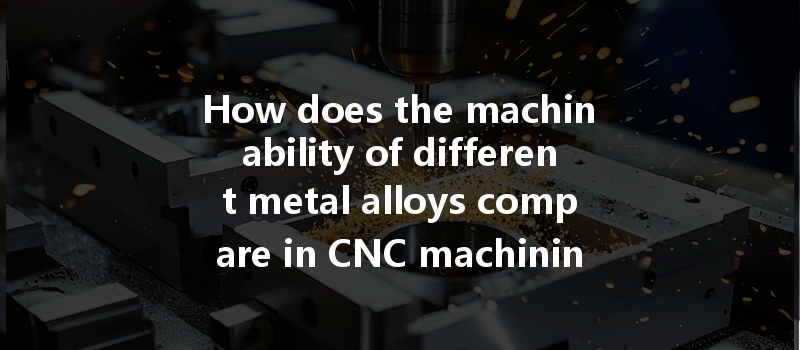: The Fascinating World of Metal Alloys
Did you know that roughly 75% of all manufactured goods in the world involve some form of metal? From the automotive industry to aerospace engineering and everyday household items, the properties of different metal alloys significantly influence their machinability and usability. Understanding how different metals behave during CNC machining processes can save manufacturers time and reduce costs. But what exactly does “machinability” mean, and how does it vary among different metal alloys?
In this blog, we’ll dive deep into the machinability of various metal alloys, compare their characteristics, and explore methods to optimize CNC machining processes for each type. So whether you’re in the automotive sector trying to improve production efficiency or a hobbyist setting up your CNC machine for the first time, you’ll find invaluable insights here.
What is Machinability?
Machinability is a term used to describe how easily a material can be machined to achieve the desired surface finish, dimensional accuracy, and tool life. Various factors determine the machinability of a metal alloy:
Understanding these properties is essential for selecting the right metal alloy for any given CNC machining task.
The Role of Metal Alloys in CNC Machining
Aluminum is one of the most commonly machined materials, and its versatile properties make it a favorite among manufacturers.
Brass is a copper-zinc alloy widely regarded for its machinability.
Stainless steel alloys like 304 and 316 are known for their durability and corrosion resistance.

Titanium is celebrated for its exceptional strength-to-weight ratio but is challenging to machine.
Comparing Machinability: Aluminum vs. Brass vs. Stainless Steel vs. Titanium
To highlight the differences in machinability, let’s take a closer look at a few vital parameters across the four primary material categories:
| Criteria | Aluminum Alloys | Brass Alloys | Stainless Steel | Titanium Alloys |
|—————————|——————|————–|——————|——————|
| Hardness | Soft | Soft-to-Medium| Medium | Hard |
| Ductility | High | High | Medium | Low |
| Cutting Speed (m/min) | 300-600 | 150-300 | 50-200 | 25-60 |
| Tool Life | High | Very High | Moderate | Low |
| Surface Finish | Excellent | Excellent | Good | Fair |
| Cost | Low | Moderate | High | Very High |
Advanced Techniques to Improve Machinability
Understanding the fundamental characteristics of each alloy is just the first step; implementing strategies for enhancing machinability is equally important. Here are a few advanced techniques:
In conclusion, understanding the machinability of various metal alloys is crucial for optimizing CNC machining processes. From aluminum and brass to stainless steel and titanium, the unique properties of each material demand tailored approaches and solutions.
This comprehensive guide provided insight into the characteristics and machinability of key metals, along with techniques to enhance the machining process. Leveraging this understanding can lead to improved production efficiency, better surface finishes, and superior tool life, ultimately influencing your bottom line.
As manufacturers and hobbyists alike navigate the complex landscape of CNC machining, recognizing the value of different metal alloys and their machinability will empower them to make informed decisions. Whether optimizing tool selection or adjusting cutting parameters, every detail counts in the pursuit of quality and efficiency. Remember, the next time you engage in CNC machining, think beyond the materials and consider how each alloy’s unique traits can be harnessed for better outcomes.
—
Related Posts
- How Do CNC Processing Techniques Enhance DIY Precision in Micro Parts Manufacturing?
- What are the advantages and disadvantages of different CNC machining methods and when should each be used?
- How Does Material Selection Impact Production Cycles in CNC Machining: Insights on Titanium, Brass, and Aluminum?






